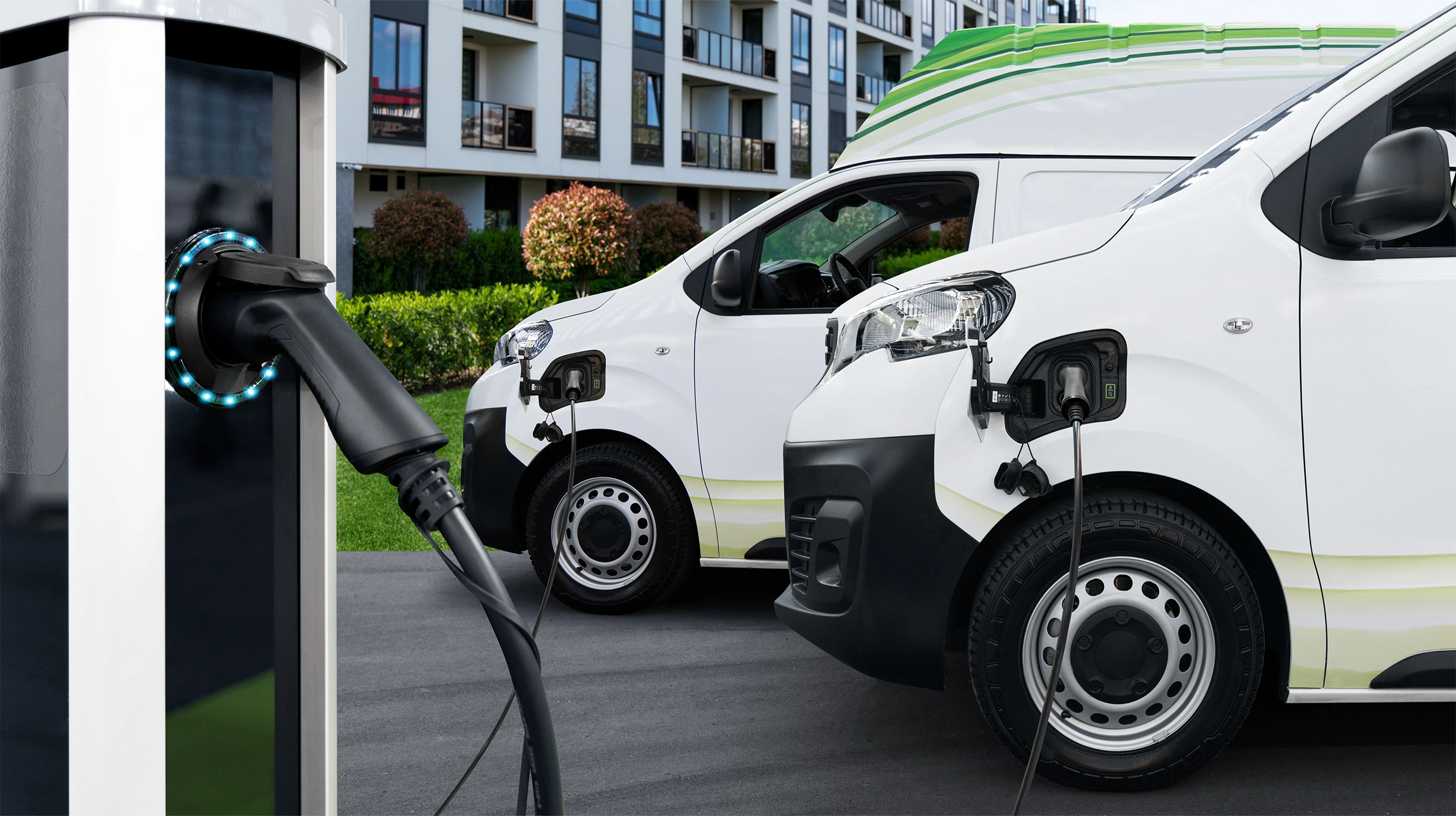More from the 5G glossary
View all 5G glossary entriesWhat is WWAN (Wireless Wide Area Network)?
What is WWAN (Wireless Wide Area Network)?
Wireless WAN, or wireless wide area network (WWAN), is a type of wireless network that covers a large geographical area, typically using cellular technology. It allows devices to connect to the internet and other networks without the need for a physical wired connection.
Key components of a WWAN
The main components of a WWAN include a router, a cellular network, a SIM card, and some form of cloud management tool:
1. Modem/router:Modems/routers are devices that connect a computing device to the wireless network. It allows the device to send and receive data over the network.
2. SIM Card: A SIM (Subscriber Identity Module) card is a small chip that identifies and authenticates a device on the network. It stores information such as the device's phone number and account details, which enables it to connect to the network.
3. Cellular network: The mobile network infrastructure includes cell towers, base stations, and other equipment that are used to create and maintain a WWAN. These are responsible for managing the flow of data between devices and the wireless network.
4. Cloud management tools: Cloud management tools allow for easy and flexible management/configuration of a network from any location
How WWAN differs from other wireless networks (WLAN, WPAN)
WWAN differs from other wireless networks such as WLAN (wireless local area network) and WPAN (wireless personal area network) in terms of coverage and range. While WLAN and WPAN cover smaller areas, WWAN has a wider coverage range, making it more suitable for larger geographical areas.
WWAN also uses different technology and infrastructure compared to WLAN and WPAN. While WLAN and WPAN primarily use Wi-Fi and Bluetooth technology respectively, WWAN uses cellular technology such as GSM, CDMA, or LTE to connect devices.
One of the main advantages of WWAN is its mobility. With WWAN, users can stay connected to the internet and make calls while on the move, as long as they are within the network coverage area. Unlike WLAN and WPAN, which require specific hardware and network infrastructure, WWAN is widely available and can be accessed using a variety of devices such as smartphones, laptops, and tablets. This makes WWAN ideal for users who need to stay connected while travelling or working in remote areas.
Evolution of WWAN
Wireless Wide Area Networks (WWAN) have come a long way since their inception. With the rapid advancements in technology, the evolution of WWAN has been swift and significant. Let's take a look at the various stages of the evolution of WWAN.
1. First Generation (1G)
In the early 1990s, the first generation of WWAN was introduced, known as 1G. It used analog technology and supported only basic voice calls with no data transfer capabilities.
2. Second Generation (2G)
With the launch of 2G in the late 1990s, digital technology was introduced, which allowed for basic data transfer, such as text messages and low-quality internet browsing. One of the most significant advancements of 2G was the introduction of the Global System for Mobile Communications (GSM) standard, which made it possible for devices to roam internationally.
3. Third Generation (3G)
The turn of the century marked the launch of 3G, which brought significant improvements to WWAN technology. It introduced higher data transfer speeds, making it possible to stream media and browse the internet at faster rates. Additionally, 3G networks also allowed for simultaneous voice and data usage.
4. Fourth Generation (4G)
4G was launched in the late 2000s and marked a significant shift in WWAN technology. It brought even faster data transfer speeds, making it possible to download large files and stream high-quality videos seamlessly through wi-fi and cellular connectivity. 4G LTE also introduced lower latency, allowing for real-time applications such as video calling and online gaming.
5. Fifth Generation (5G)
The latest evolution of WWAN is 5G, which was introduced in the early 2020s. It is the fastest and most reliable WWAN technology to date, with speeds up to 20 times faster than 4G. 5G also has lower latency and higher capacity, making it ideal for emerging technologies such as the Internet of Things (IoT).
In conclusion, the evolution of WWAN has been driven by the need for faster and more reliable internet connectivity. From its humble beginnings in 1G to the lightning-fast speeds of 5G, WWAN has come a long way and continues to play a crucial role in connecting the world.
Advantages of WWAN for Enterprise Networking
Flexibility and mobility
One of the main advantages of WWAN is its flexibility and mobility. With WWAN, employees can connect to the internet and access company resources from anywhere, providing a seamless working experience even while travelling.
Cost-effectiveness
Compared to wired networks, WWAN is more cost-effective as it requires lower equipment and maintenance costs. Additionally, WWAN can easily scale to accommodate more devices and users without the need for expensive infrastructure upgrades.
Reliability and resilience
WWAN is designed to be resilient and provide reliable connectivity even in remote or rural areas. This makes it a valuable backup option in case of network outages or emergencies.
How does Inseego help businesses set up WWAN?
Inseego is a leading provider of WWAN solutions for businesses. Our routers, hotspots, and access points are designed to provide high-speed, reliable, and secure connectivity through cellular networks. With our configurable failover, firewall, VPN, routing, and other security/network continuity capabilities provided by our SD-WAN and SASE network management platform (SD-EDGE), businesses can ensure uninterrupted network connectivity. Inseego also offers various use cases for different industries, such as retail, transportation, and healthcare, to optimise their WWAN technology and enhance their operations.
In conclusion, WWAN has come a long way and has become an indispensable tool for businesses of all sizes. Its cost-effectiveness, flexibility, and high-speed connectivity make it a valuable networking option for enterprises. With the continuous advancements in cellular technology, WWAN is expected to become even faster and more reliable, opening up new opportunities for businesses in various industries.





